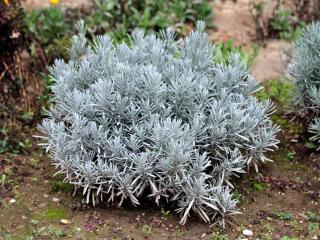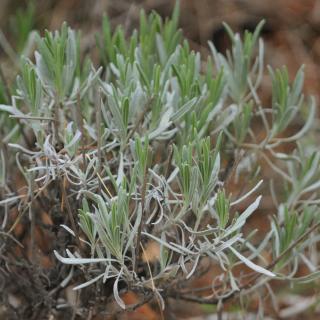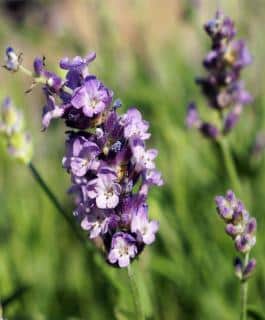

Lavandula latifolia is one of the 3 original lavender varieties.
Lavandula latifolia facts
Name – Lavandula latifolia
Family – Lamiaceae
Type – herb sub-shrub
Height – 30-80 cm
Exposure – full sun
Soil – ordinary, well-drained
Foliage: evergreen – Flowering: summer → early fall, but depends on weather
Often used as a pollinator to create hybrid lavenders, it also deserves a place of its own in our gardens.
Learn how to care for and grow Lavandula latifolia, and its many amazing uses.
Depending on whether you’re starting seeds or planting a seedling, you’ll start either at the end of winter or in spring.
L. latifolia from seed
Best is to start sowing young plants in a seed tray or nursery pots towards the end of winter. This is when seeds would naturally fall from the dried flower in the wild.
Planting Lavandula latifolia from nursery pots

Avoid adding too much compost and keep away from peat, since water retention is the opposite of what L. latifolia requires.
You won’t need to water or irrigate your Lavandula latifolia, quite the opposite!

To help the plant grow into a nice, dense, round shape, use long shears and cut into a sphere-like shape. There should still be green leaves, don’t cut back to the point where only stems are left.
Here is a video on how to prune lavender:
Although many sources list this plant as extremely hardy, sometimes down to zone 5 (USDA zone 5 is -20°F or -29°C), such cold will keep it from growing well. It won’t grow thick and lush and blooming will be impaired, if it even blooms!
Best is to consider this plant only hardy down to the low 20s Fahrenheit (-5°Celsius). Any colder will require you to protect the plant in winter.
Here are a few key techniques:

Its native range extends from central Portugal to Northern Italy, with most of Spain and Southern France included. One of the more famous names for this plant is “Portuguese lavender“, but it also goes by the name broadleaved lavender and spike lavender.
It’s one of the least hardy lavender varieties, only surviving with difficulty in temperatures colder than 20°F (-5°C).
Compared to the other types of lavender, the essential oil that comes from L. latifolia is among the most effective antibacterials. It also has properties that are antiseptic, antifungal and antiviral.
Its compounds are used to treat snake venom. This historical use appears in one of the old names for the plant, Lavandula spica. Spica relates to “viper”, a kind of poisonous snake.
Among other positive health benefits, Lavandula latifolia essential oil is also a cardio-tonic, an antispasmodic, an expectorant, a carminative, an emmenagogue, and serves to heal and regenerate skin wounds.
Read also:
Transplanting Lavandula latifolia from the wild is difficult. Take care to transfer it to a pot that drains extremely well, since the most common mistake is to overwater it over the first few weeks.